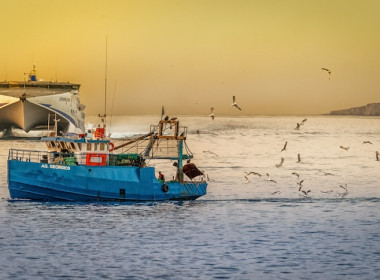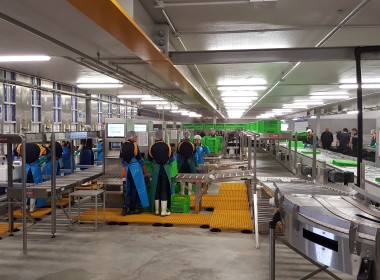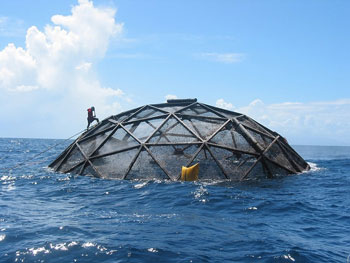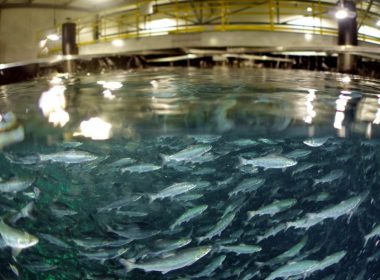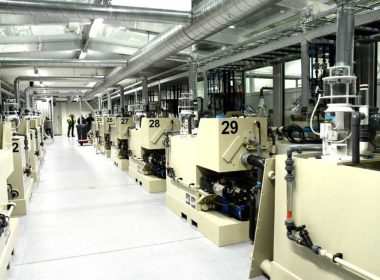OPINION | Aquaculture is a global necessity

The World Food Organisation (WFO) continues with warnings of ever decreasing global fish stocks but is confident that fish farming (aquaculture) will offset the losses. This will require a 40 per cent increase over present production and maintaining it in relation to increasing human populations. The most common fish that are farmed: carp, tilapia and Atlantic salmon.
According to the WWF, salmon aquaculture is the fastest growing food production system in the world, accounting for 70 per cent (2.5 million tones) of the market. Typically meddlesome, the WWF contends on, “leading the way to ensure that the key environmental impacts associated with open-pen salmon farming are significantly and measurably reduced”.
Not to be outdone, the Canadian Federal Government proposes getting rid of them altogether in British Columbia, contending that BC salmon farms pose a threat to migrating stocks of Fraser River sockeye and regional pink salmon. During their migrations, these species travel near enough to the penned fish, and possibly become infected with parasitic copepods, Lepeopherius salmonis, that exist on some the penned fish. Infections are considered a threat to survival.
“There are not enough salmon of any species in the Fraser and other BC rivers to satisfy the needs of increasing numbers of indigenous people throughout the province.”
Salmon farming began in BC during the early 1970s, mainly using Atlantic salmon, yet generations of sockeye, pinks, and other Pacific salmon have survived the threat. Unfortunately, all are subjected to other more serious threats: over-fishing and predation, both in rivers and ocean environments. However, Federal Regulators accept these impacts, preferring instead to emphasise habitat related issues.
Traditional and ceremonial use of salmon stocks are culturally important for Indigenous people; but no longer essential to their survival. Nevertheless, some believe that the fish farms threaten Fraser River salmon and insist the farms be removed. Inhabitants at the mouth and lower reaches of the river are first to net upstream migrants, which means that they get to eat before other inhabitants farther upstream, and along many of its tributaries.
Realistically, there are not enough salmon of any species in the Fraser and other BC rivers to satisfy the needs of increasing numbers of indigenous people throughout the province. Spawning channels supplement natural spawning sites in three tributary streams but are unable to meet the demands for more fish.
“Salmon farming is subjected to excessive scrutiny and criticism despite its outstanding social and economic benefits.”
Hatcheries are used to increase the production of Pacific salmon across the Pacific northwest, from California to Alaska, including some in BC coastal communities. However, Atlantic salmon farming as a food source is more efficient than relying on natural wild populations of Pacific salmon.
Presently, there are 15 fish farms in BC designated to cease operating. Though it has been in existence for half a century, salmon farming is an emerging cultural practice when compared with livestock raising and animal husbandry. Unlike the latter, it is subjected to excessive scrutiny and criticism despite its outstanding social and economic benefits to the province, particularly for coastal rural residents.
No matter how frivolous or abusive the sources intending to halt or impede expansion and development, they will not stop it.
Article reprinted with permission from the IWMC – World Conservation Trust.


